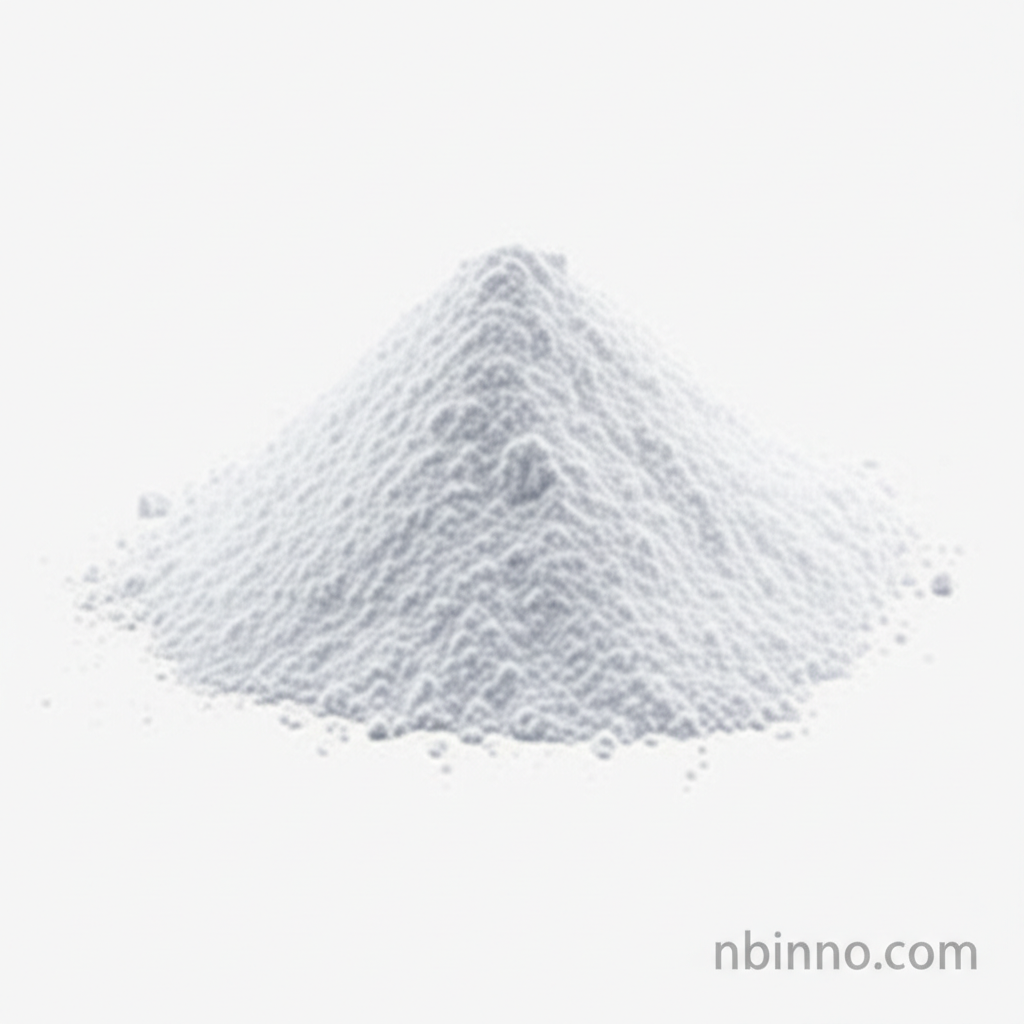Sodium Taurochenodeoxycholate: A Vital Bile Salt for Lipid Digestion and Liver Health
Discover the essential role of this bile salt in supporting your body's natural digestive and metabolic processes.
Get a Quote & SampleProduct Core Value

Sodium Taurochenodeoxycholate
Sodium Taurochenodeoxycholate (TCDCA-Na) is a naturally occurring bile salt that plays a critical role in the emulsification and absorption of dietary fats and fat-soluble vitamins within the small intestine. This conjugation of chenodeoxycholic acid with taurine makes it a key player in lipid metabolism.
- Utilizing TCDCA-Na for improved lipid digestion is crucial for optimal nutrient uptake.
- Understanding the anti-inflammatory properties of bile salts like TCDCA-Na can offer insights into managing various health conditions.
- Exploring the uses of Sodium Taurochenodeoxycholate in research is advancing our knowledge of bile acid metabolism.
- Researchers are investigating the benefits of Sodium Taurochenodeoxycholate for managing non-alcoholic fatty liver disease, highlighting its therapeutic potential.
Advantages Provided by the Product
Enhanced Lipid Absorption
The amphipathic nature of TCDCA-Na allows it to effectively break down fats, leading to better absorption of essential nutrients and fat-soluble vitamins.
Therapeutic Potential for Liver Health
Studies suggest TCDCA-Na may possess hepatoprotective effects, showing promise in treating liver conditions and modulating bile acid composition. It's a key compound when looking at improving lipid metabolism.
Modulation of Inflammatory Responses
The anti-inflammatory properties associated with TCDCA-Na are being explored for their efficacy in managing inflammatory bowel disease and other inflammatory conditions. This aligns with research into the anti-inflammatory properties of bile salts.
Key Applications
Gastrointestinal Health
Crucial for the emulsification and absorption of fats, aiding in the overall health and function of the digestive system.
Liver Health and Disease Research
Investigated for its role in liver diseases and its potential as a therapeutic agent due to its hepatoprotective properties.
Biochemical Research Tool
Widely used as a substrate in scientific studies related to bile acid metabolism and enzyme activity.
Pharmaceutical Development
Serves as a pharmaceutical intermediate with potential applications in developing treatments for metabolic and gastrointestinal disorders.
